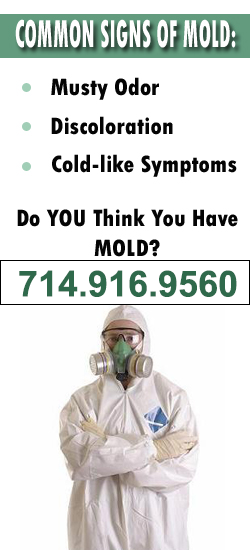Mold is never fun and if it is not dealt with properly or promptly, you can have a very big problem on your hands. However, many people wonder if they can tell what kind of mold they will be dealing with and what that color of mold indicates. What you don’t want is to underestimate the problem because then it might get worse. Don’t freak out because that’s what this article is here for!
This article explains the different types of molds, what the signs are, and how they can affect your health.
Common Types of Molds That May Be Lurking in Your Home
While it is normal to find mold everywhere and it’s not always harmful, certain types of mold can pose serious health risks to you and your family if present in your home. Here are the common dangerous molds:
- Stachybotrys or Black Mold
This is one of the most dangerous types of mold. It can cause flu-like symptoms, headaches, diarrhea, and in severe cases, respiratory damage. This mold is dark in color; it can be grey, black or dark green. It is common in damp areas of your home and has a musty odor.
- Chaetomium
Chaetomium mold is almost similar to black mold and is commonly found in areas that are wet and dark. In homes, it is usually in carpets, drywall, wallpaper, and baseboards. Chaetomium spores can cause red and watery eyes, breathing problems, and in severe instances, neurological damage.
- Aspergillus
Aspergillus spores are found in the air we breathe every day and are dangerous to people with compromised immune systems. Exposure to its spores can cause allergic reactions and lung infections.
- Penicillium
This is abundant in many everyday environments and can cause asthmatic symptoms, bronchitis, and other respiratory problems.
- Fusarium
Expect to find Fusarium in plants and soil, carpeting, and inside drywall. Although quite rare, you or your family member can develop an eye infection from fusarium spores.
- Alternaria
This allergy-causing mold is present in summer and spring. It is usually found in electric cables, building materials, canvas, and cardboard.
Can I Tell What Kind of Mold I Have by the Color? What Does the Color of Mold Indicate?
No! You cannot tell the kind of mold by color but rather by structure and characteristics of the spores and growth structure. The color indicates nothing about health risks and exposure.
A Few Simple Facts About Mold and Its Color
Molds can be black, grey, green, brown, purple, pink, orange, white, red, or even a combination of colors. Know that the same mold can be of different colors in different conditions and can change over time. Mold color is irrelevant in determining the toxicity of the mold and you should pay attention to all molds regardless of the color.
Conclusion
When you spot mold, check out the situation before you make any irrational decisions. You can then call a professional because you do not want the mold to be around for longer than it needs to be.
Call the California Mold Removal Pros for professional remediation throughout the greater Los Angeles and Southern California area.





